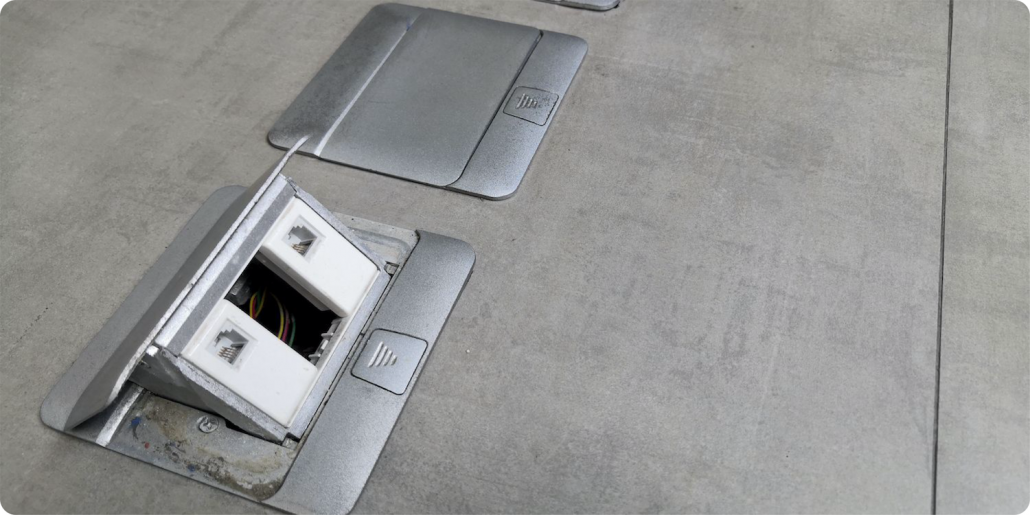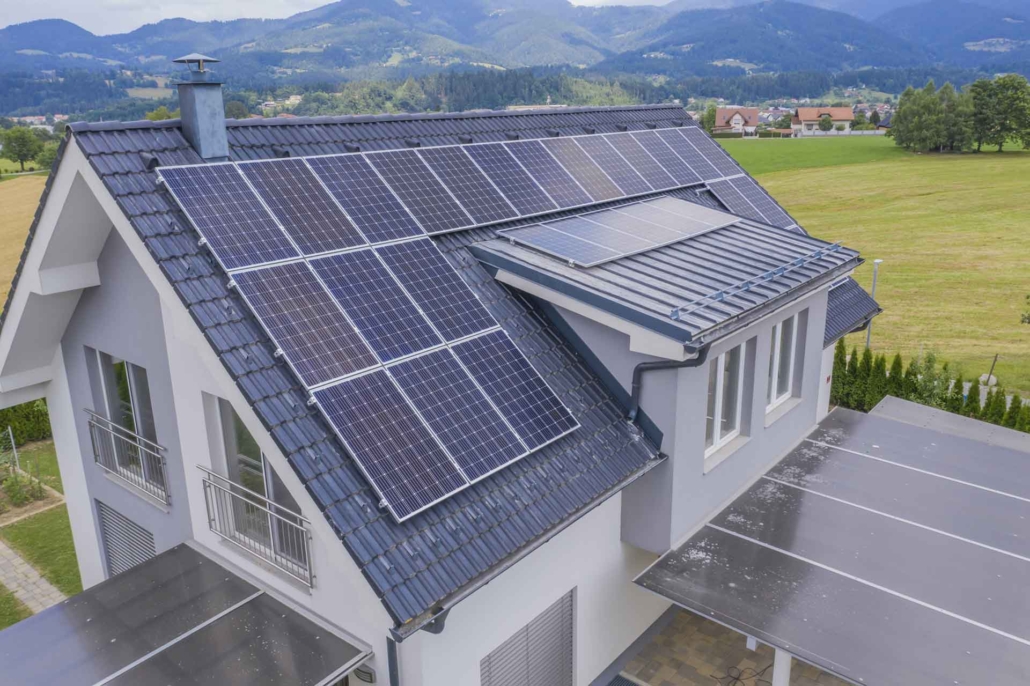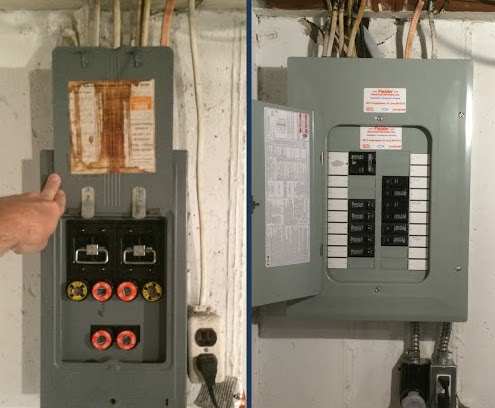July 29, 2020 | Cristina Dinulescu
Throughout the United States, the National Electrical Code, or the NEC, a book published by the National Fire Protection Association, sets the foundation for electrical safety in residential, commercial, and industrial occupancies. It also addresses the requirements and restrictions for installing electrical panels and safety guidelines as to the best places to do so.
Although you’ll need a certified and qualified electrician for the installation work and they should be able to suggest the best location for the electrical panel in the first place, it’s wise for homeowners to have a general idea of the requirements and considerations. These generally apply for both new constructions and replacement panels.
3 Factors to Consider For Your Electrical Panel Location
“Where should I place my electrical panel” is not an easy question to answer if you don’t have a basic understanding of your electrical meter and panel. While you don’t have to be up to speed with all the provisions in the NEC, a bit of knowledge and advance planning can save you money and increase efficiency in terms of the electrician’s time or use of electrical cable. Here are the 3 most important factors to consider for your electrical panel location:
- Safety & Accessibility: the best location for an electrical panel is one that’s easily accessible and safe. This means you can’t place a breaker box in cramped spaces, which would make it difficult for both yourself and an electrician to gain access. It also means you can’t place it in a bathroom, for instance, as that would not be safe, and if there’s plumbing in the vicinity of the electrical panel, then the box needs to be weatherproofed.
- Your utility company: the utility company ultimately determines the location of the electrical panel, but an electrician or homeowner can request a certain location, which is usually at the closest point of attachment to the utility lines. They also enforce the height and clearance around the meter socket – the height is not below 4′ and not higher than 6’7″, while there is a 12″ clearance from either side of the meter.
- Efficiency: as mentioned above, advance planning can help minimize the number and lengths of runs, as well as the electrician’s time, so before installation make sure you discuss and carefully design the system. You might want to consider using prefabricated circuits or 500-ft. rolls of Romex as opposed to more expensive labor or smaller boxed lengths, respectively.
Restrictions for Electrical Panel Locations
During the schematic design process, your electrician should be able to go over the restrictions with you. These are set by the National Electrical Code, and they’re generally used by the state and local authorities as a reference to establish building codes.
Electrical Panel Placement Restrictions
The National Electrical Code 110.26 states that breaker boxes, and electrical equipment in general, must be placed in areas that provide sufficient working clearance around them. More specifically, the breaker box needs 3 feet of clearance in front of it. Also, as mentioned above, if the placement is done neary plumbing, then a weatherproof box is required.
Other placement provisions include the height of installation. An electrical panel must be installed at least 4 feet off the ground, but cannot be higher than 6 feet. You need to also allow for the panel door to open at least 90 degrees.
Working Space Restrictions
You cannot place an electrical panel in any tight space that does not provide for a clear working space. Breaker boxes must have at least 30” wide clear working space laterally in front of them. The electrical panel doesn’t need to be centered within the clear working space, but as said, the door needs to open to 90 degrees. If there are other panels adjacent to the breaker box, the working space can be shared.
The working space provisions also include detail based on the voltage rating of the equipment, as well as the installation conditions. The minimum clearance for nominal voltage of 0-150V to ground is 36”, regardless of conditions. However, for higher voltages ranging from 151 to 600V, the clearance requirement varies based on the installation requirements, and it can be anywhere between 36” and 48”.
Overcurrent Devices Restrictions
The NEC states that circuit breakers and implicitly electrical panels, or any other overcurrent devices cannot be located nearby material that ignites easily, such as clothes closets. It also
prohibits overcurrent devices from being installed over steps of a stairway. When it comes to guest rooms or guest suites, such as bedrooms with ensuite bathrooms, these devices, other than supplementary overcurrent protection, cannot be placed in bathrooms.
Best Locations for Electrical Panel
Taking into account all considerations and restrictions from the NEC, there are a few options for your electrical panel location. Although the breaker box needs to be easily accessible, most homeowners want the panel out of sight. Some common areas that could meet all the requirements are:
- Garages – attached garages are the best location for an electrical panel, as they provide enough space to comply with the clear workspace requirements, but are also quite hidden.
- Basements – the basement is another preferable location for your electrical panel. It’s even more out of sight than the garage, and can easily comply with the space requirements. One thing to consider though, is emergency lighting, as in case of a power outage, you’d need to easily find your way to the main breaker box.
- Under staircases – although less of a popular choice, some stairways can provide sufficient space and easy access for the electrical panel to be installed there.
Even though out of sight locations are popular amongst most homeowners, electrical panels can very well be installed in main areas of the house, as long as the area is clear and spacious. If your home doesn’t have a basement or a garage, and you need to have the breaker box in the main house, then there are a few tricks you can do to blend it in, such as painting its door to match the décor.






